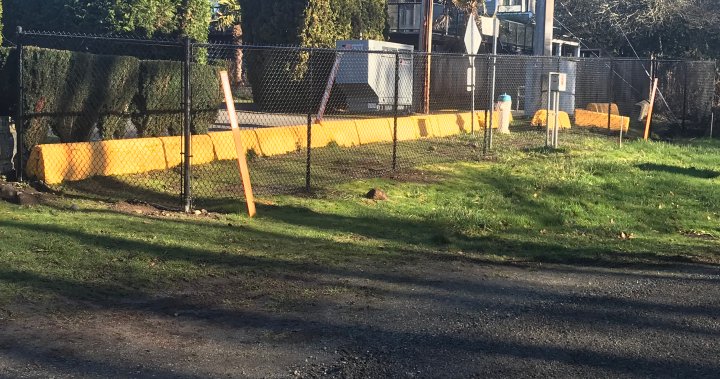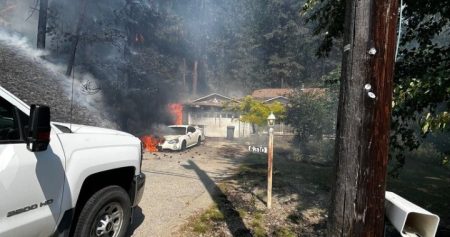The installation of a new chain-link fence along a small section of the historically undefended U.S.-Canada border near Point Roberts has ignited controversy and raised questions about border security, international treaties, and local governance. While proponents argue the fence is a necessary safety measure to prevent accidental crossings, critics question its legality and the process by which it was erected, highlighting the complex interplay of factors at play in this seemingly minor border dispute.
The catalyst for the fence’s construction was the tragic death of a senior citizen from Tsawwassen, British Columbia, who wandered across the border into Point Roberts and perished. The City of Delta, responsible for the area, responded by erecting the fence at the end of English Bluff Road, a known point of informal crossing. Delta officials and police maintain that the fence is a preventative measure designed to enhance community safety and mitigate the risk of similar incidents. By requiring deliberate action to cross, they argue, the fence serves as a deterrent to accidental border crossings.
However, the fence’s appearance has sparked immediate questions and concerns. Its placement along a historically open border, particularly one known as the longest undefended border in the world, has struck many as unusual and heavy-handed. Brian Calder, a dual citizen and former director of the Point Roberts Chamber of Commerce, captured the sentiment of surprise and confusion, questioning the rationale behind the sudden appearance of the barrier. This sentiment is further amplified by the lack of community consultation and the apparent bypassing of established protocols. Delta City Councillor Daniel Boisvert confirmed that the matter was never brought before the council for discussion or approval, raising questions about the transparency and legitimacy of the decision-making process.
Adding another layer of complexity to the situation is the potential violation of the Treaty of Ghent, an 1814 agreement that established the boundary between the United States and Canada. Immigration lawyer Len Saunders points out that the treaty stipulates no impediments can be constructed within 10 feet (3.05 meters) of the border. The new fence appears to infringe upon this provision, raising concerns about its legality under international law. The irony of the situation, as Saunders notes, lies in the perception that such a move would be more characteristic of the Trump administration’s border policies than of Canada’s historically more open approach.
The International Boundary Commission (IBC), the joint U.S.-Canadian body responsible for maintaining the border, has also entered the fray. The IBC confirmed it did not authorize the construction of the fence and is currently investigating the matter. This intervention lends weight to the concerns about the fence’s legality and the apparent disregard for established border management procedures. The Tsawwassen First Nation, whose traditional territory includes the area, declined to comment, adding another dimension to the ongoing debate.
While the fence has drawn considerable criticism, some local residents support its installation. Al Thomas, a Tsawwassen resident, observes frequent informal crossings near his home, often by individuals seemingly unaware of the border demarcation. He views the fence as a practical solution to prevent accidental crossings, emphasizing its potential to enhance safety and awareness. This perspective underscores the local divide on the issue and the varying perspectives on the balance between border security and community needs. The fence, therefore, stands not only as a physical barrier but also as a symbol of the ongoing debate surrounding border management, international relations, and the complexities of shared spaces. The incident highlights the challenges of navigating the often-conflicting priorities of security, international agreements, and local community concerns in a world of increasingly interconnected yet distinct national identities. The ultimate resolution of the fence dispute will likely involve a careful consideration of these competing interests and a commitment to upholding both international law and the principles of community engagement.









